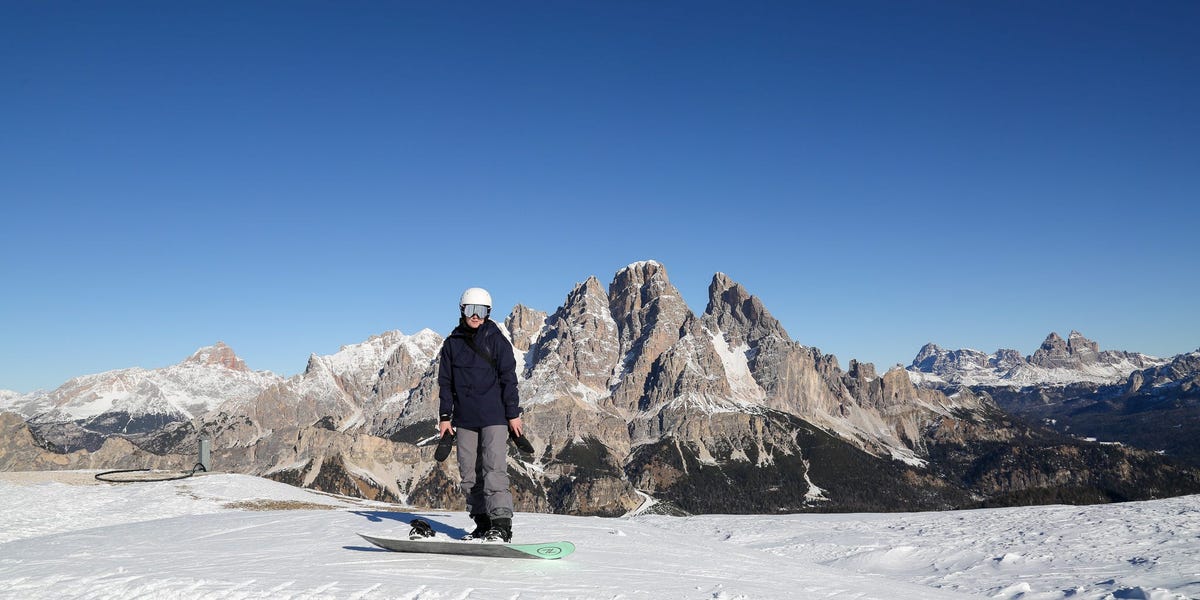From Rocky Mountains to Italian Slopes: A Snowboarder's Surprising Cultural Ski Revelation

Skiing vs. Snowboarding: A Tale of Two Mountain Paradises - Colorado and the Dolomites
Winter sports enthusiasts often find themselves torn between the classic elegance of skiing and the rebellious spirit of snowboarding. When it comes to choosing between the powdery slopes of Colorado and the breathtaking peaks of Italy's Dolomites, the decision becomes even more intriguing.
Slope Labeling and Difficulty
One of the first noticeable differences lies in how mountain runs are classified. In Colorado, ski resorts typically use a color-coded system that ranges from green (beginner) to blue (intermediate), black (advanced), and double black diamond (expert). The Dolomites follow a similar but slightly nuanced approach, with their own unique mountain grading that can challenge even seasoned winter sports lovers.
Terrain and Landscape
Colorado boasts wide, expansive runs with champagne powder that skiers and snowboarders dream about. The Dolomites, in contrast, offer a more technical and dramatic landscape, with steep chutes, dramatic rock formations, and a mix of challenging terrain that demands precision and skill.
Cultural Experience
Beyond the slopes, each destination offers a distinct cultural flavor. Colorado provides a laid-back, western-inspired mountain experience with modern amenities and a relaxed atmosphere. The Dolomites immerse visitors in a rich Italian alpine culture, complete with charming mountain villages, exquisite cuisine, and a more traditional approach to winter sports.
Cost Considerations
Budget-conscious travelers will notice significant differences in pricing. Colorado ski resorts can be relatively expensive, with lift tickets and accommodation often commanding premium prices. The Dolomites offer a more varied pricing structure, with some areas being more budget-friendly while still providing world-class skiing and snowboarding experiences.
Equipment and Accessibility
Both destinations cater well to both skiers and snowboarders, with rental shops and equipment readily available. However, the Dolomites might have a slight edge for those who prefer a more integrated and traditional skiing experience, while Colorado tends to be more welcoming to snowboarding culture.
Ultimately, whether you choose the Rocky Mountain powder of Colorado or the dramatic peaks of the Dolomites, an unforgettable winter sports adventure awaits. Each destination offers its own unique blend of challenge, beauty, and excitement for snow enthusiasts.

